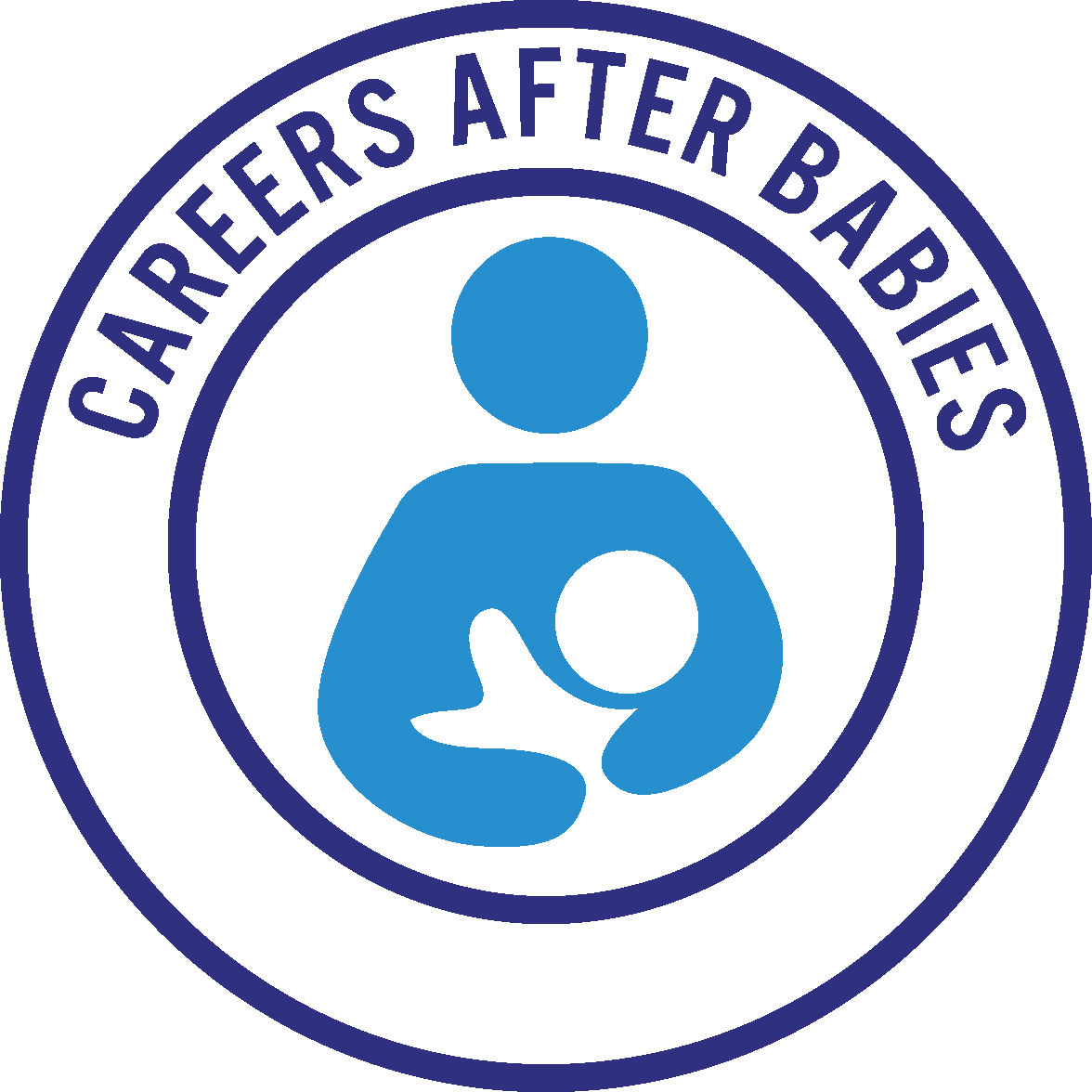THE BUSINESS CASE FOR WORKING PARENTS
At Careers After Babies, the business case for working parents is abundantly clear. They need more support to stop them silently LEAVING the workforce.
But how do you build the business case for working parents?
We know from our research that women, in particular, are leaving the workforce in their droves due to lack of support, lack of flexibility and progression opportunities disappearing. Organisations are making it too difficult to balance work and family. the facts are that:
85% of women leave the full time workforce within three years of having children (many leave altogether) ...leading to huge gender pay gaps of 14.3% (ONS).
74% of families need two working parents (ONS)
87% of Dads are involved day-to-day childcare responsibilities (The Millenial Dad report).
But we still live in a world where working parents are massively under-served and it's leading to stress, burnout and huge talent loss from the employment market. It’s the primary cause of huge gender pay gaps and big gender inequity in leadership.
The need for more support and a change in culture has never been clearer.
HR professionals and family networks are being asked to translate this phenomenon into a business case for investing in employee proposition for working parents. That might be equalising parental policies, recommending family-friendly suppliers and benefits, or (you knew it was coming) seeking Careers After Babies accreditation.
Building a compelling business case for supporting working parents starts with real data. We’ve created an easy-to-use template to help you quantify the impact on your organisation—and make a case your leadership team can’t ignore.
Key metrics to include in your business case:
✅ Number of mums who left within three years of returning from maternity leave
✅ Number of dads who left after shared parental or paternity leave
✅ Number of women (aged 28–45) who left before having children
✅ Number of co-parents (dads, partners, etc.) who moved to an employer with better parental support
✅ The cost of hiring and retraining new employees
✅ Lost productive hours from employee turnover
✅ Future projections—what’s at stake if nothing changes
But here’s the challenge: most organisations don’t track this data. After speaking with hundreds of businesses, we’ve found that few know the true cost of losing working parents.
